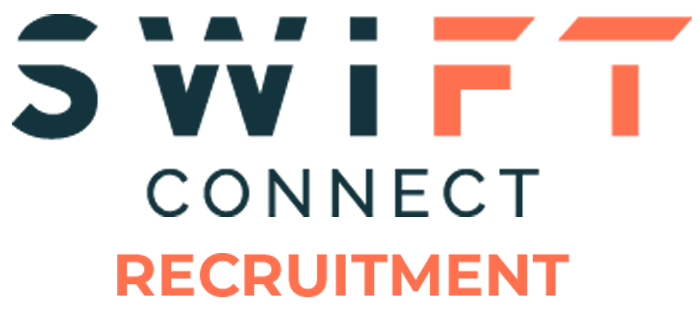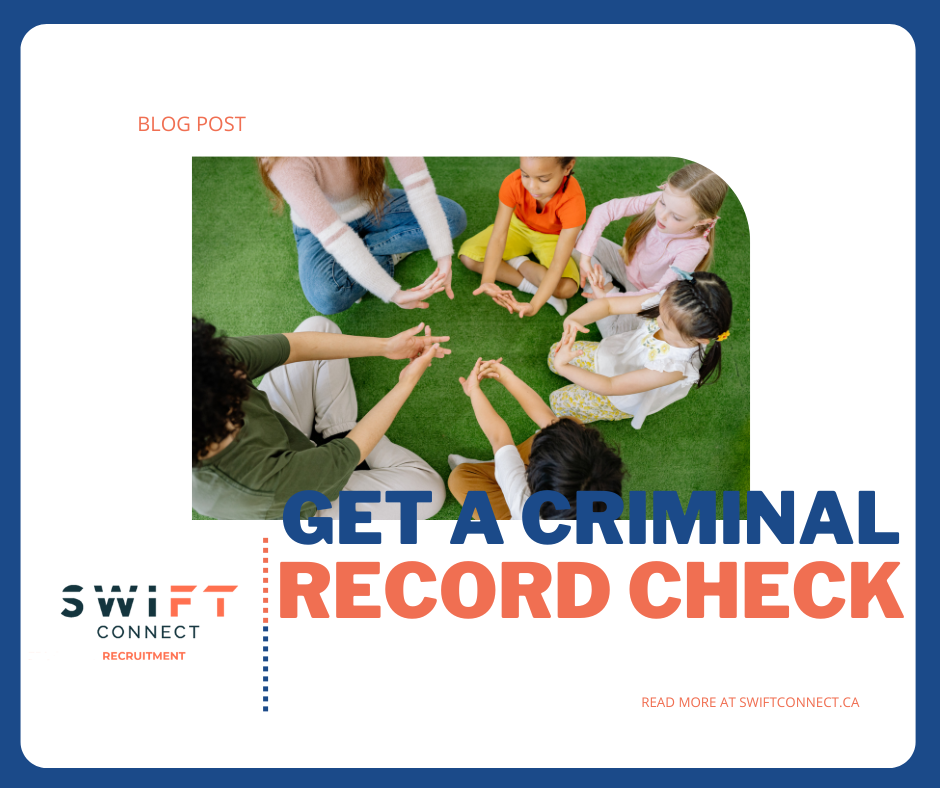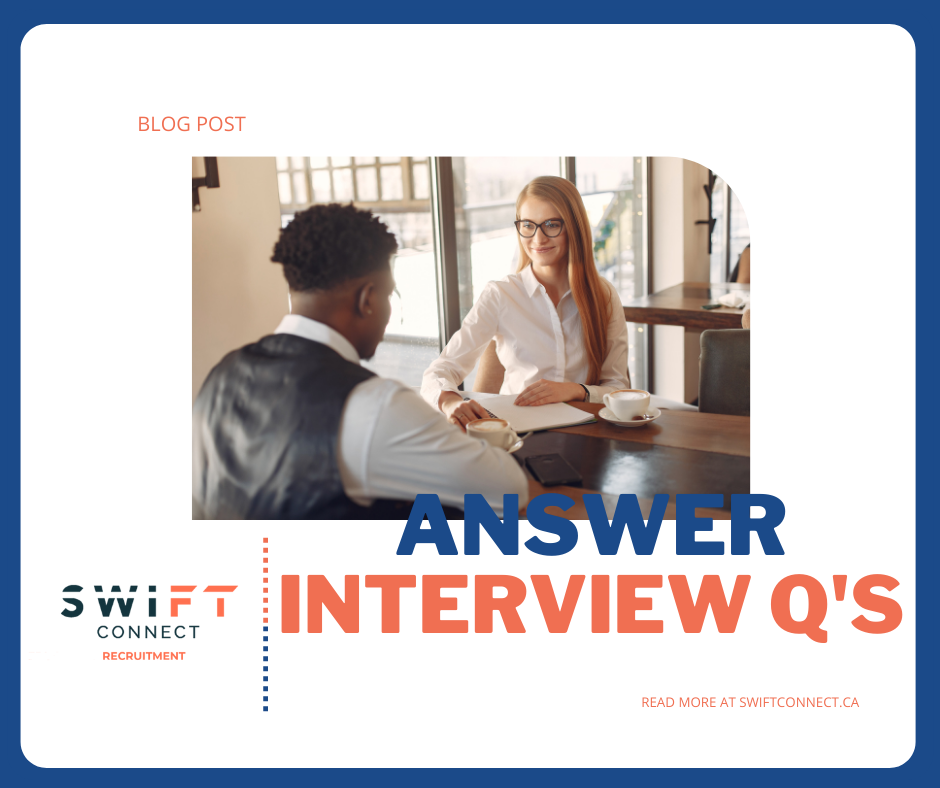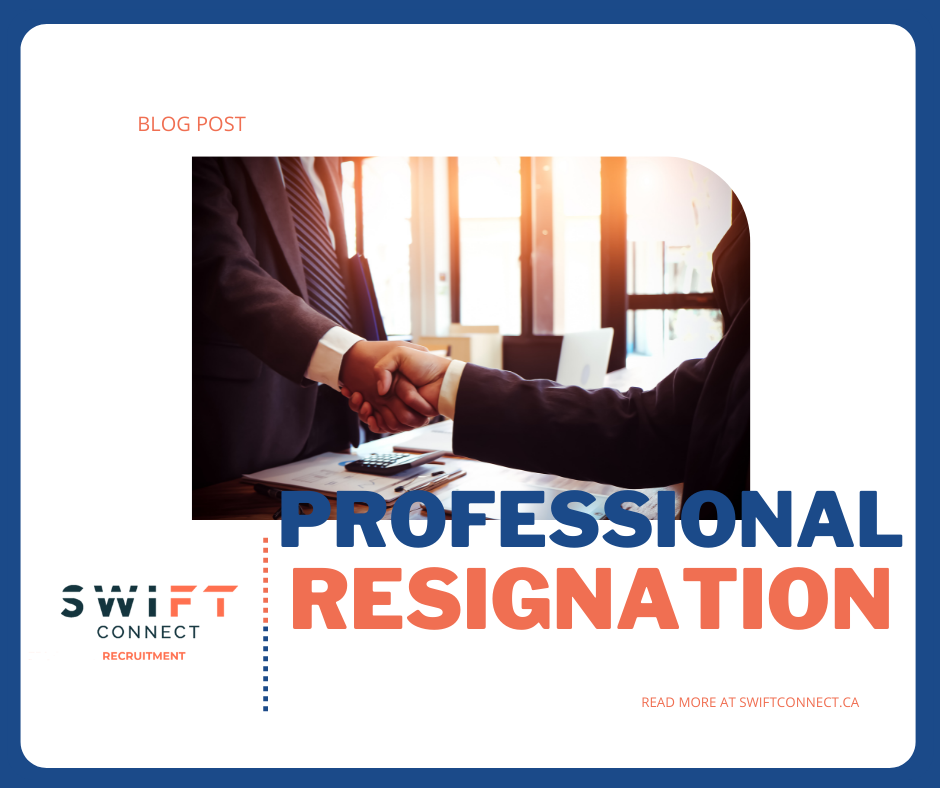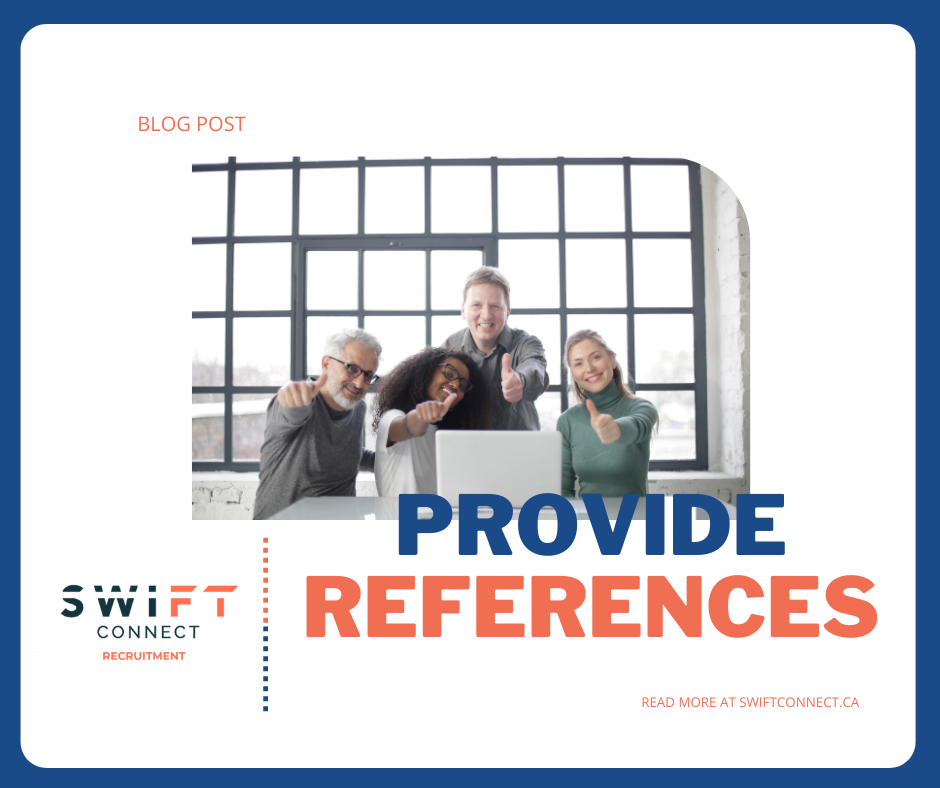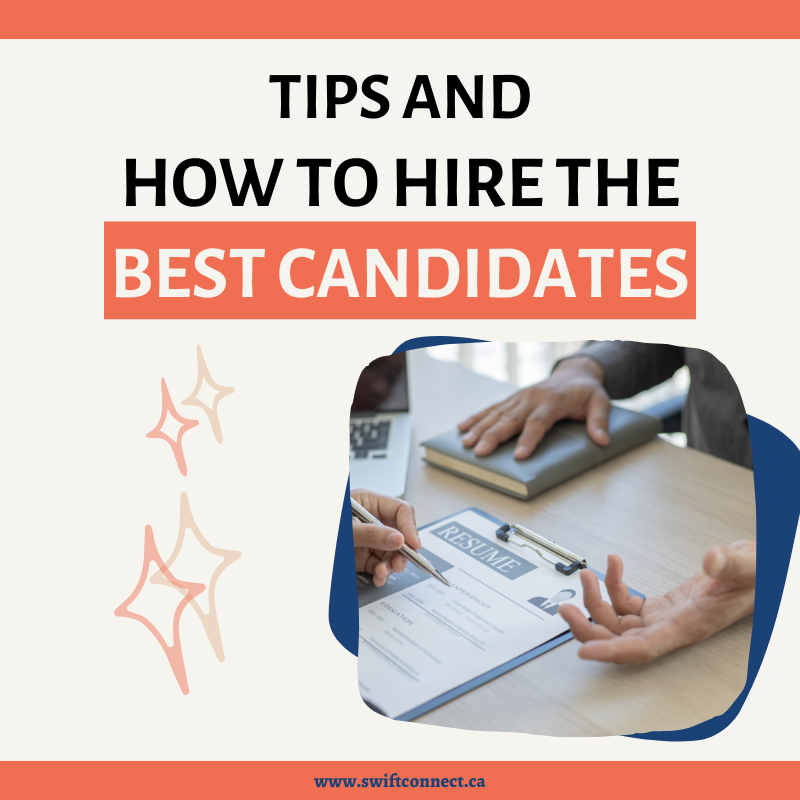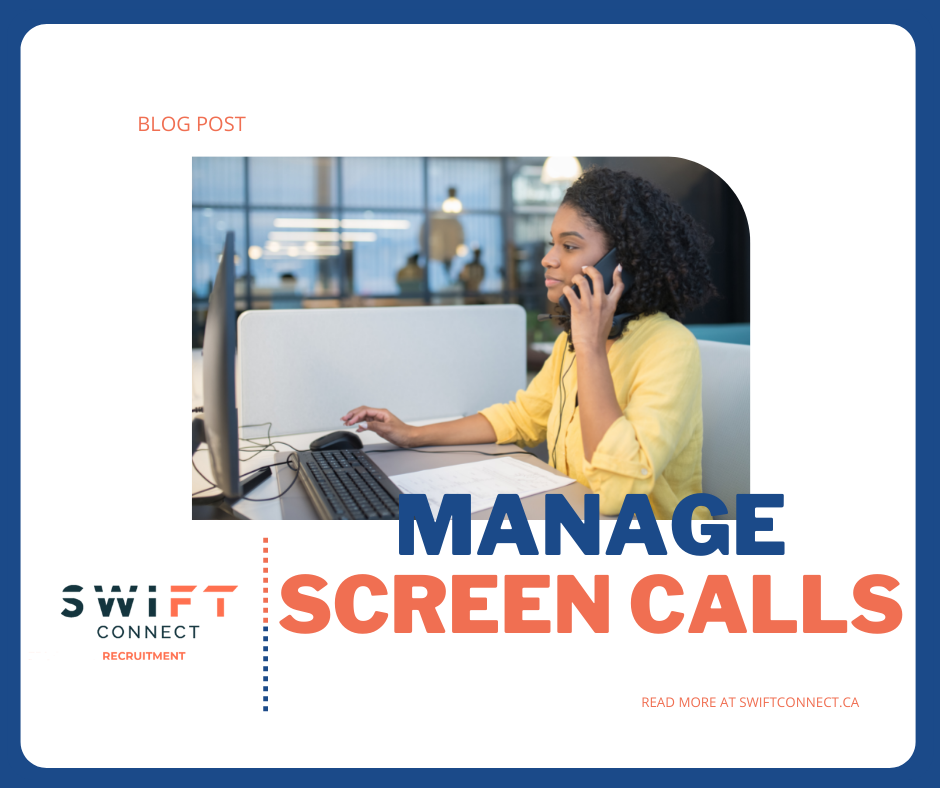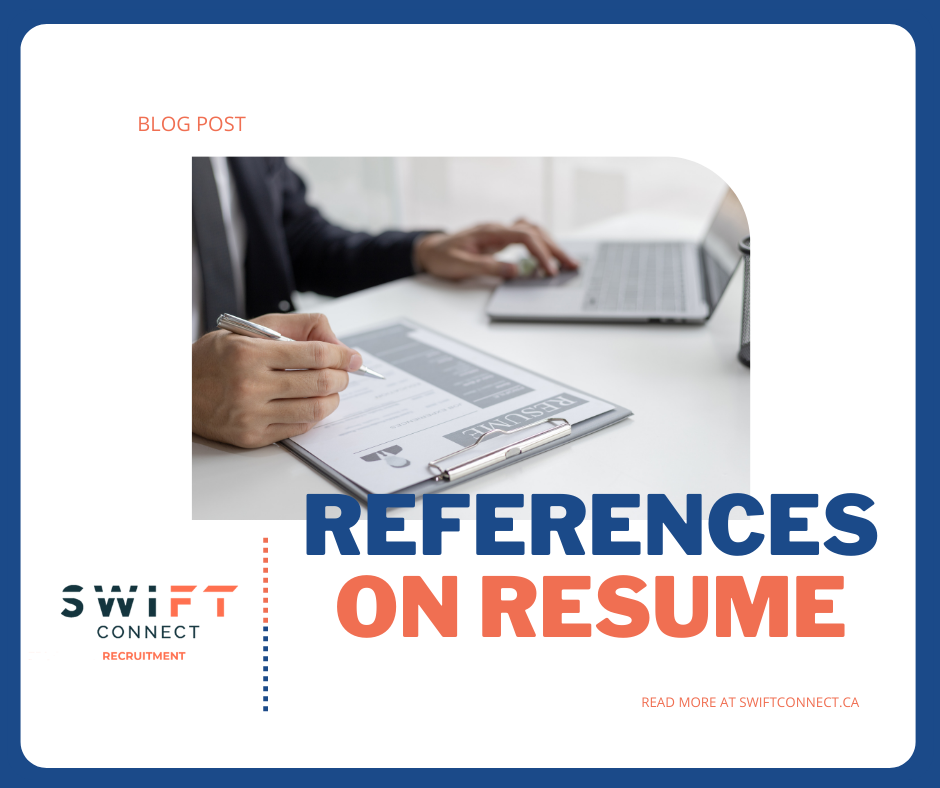How to Get a Criminal Record Check for ECE
Every daycare will require new employees to get a criminal record check (CRC) done before starting work. As well, most post-secondary institutions require a criminal record check before starting an Early Childhood Education program. The government of BC has a CRC specific for this case: Criminal Record Check for Working with Children and/or Vulnerable Adults.
There are a couple ways to get a CRC:
- Online Request at Criminal Record Check (gov.bc.ca).
- Fill out a consent form from the school.
Online Request for Criminal Record Check
To be able to submit an online CRC request there are some eligibility requirements you have to meet:
- At least 12 years old.
- Have an access code from your school.
- Verify your identity with your BC Services Card.
If you are over 12 years old and have a BC Services Card but not an access code from your school, you need to ask them for the code in order to be able to submit the request. All schools should have the code and share it with you.
If you are over 12 years old and have an access code but not a BC Services Card, see below for “Fill out a consent form”.
Fill out a Consent Form from the School
This option is used in a few scenarios. One scenario is as stated from above, you are over 12 years old but do not have a BC Services Card. The form can be filled out by your school and you just need to fill in your personal information and have the school verify your identity themselves.
Another scenario where the form is used is for new students to an ECE program. Majority of post-secondary institutions will use the form instead of requesting online.
See below for a sample of the consent form to be filled out.

